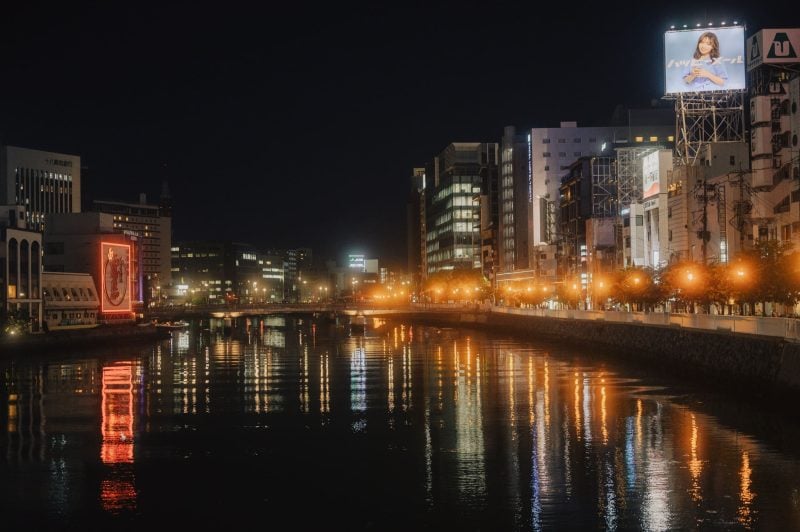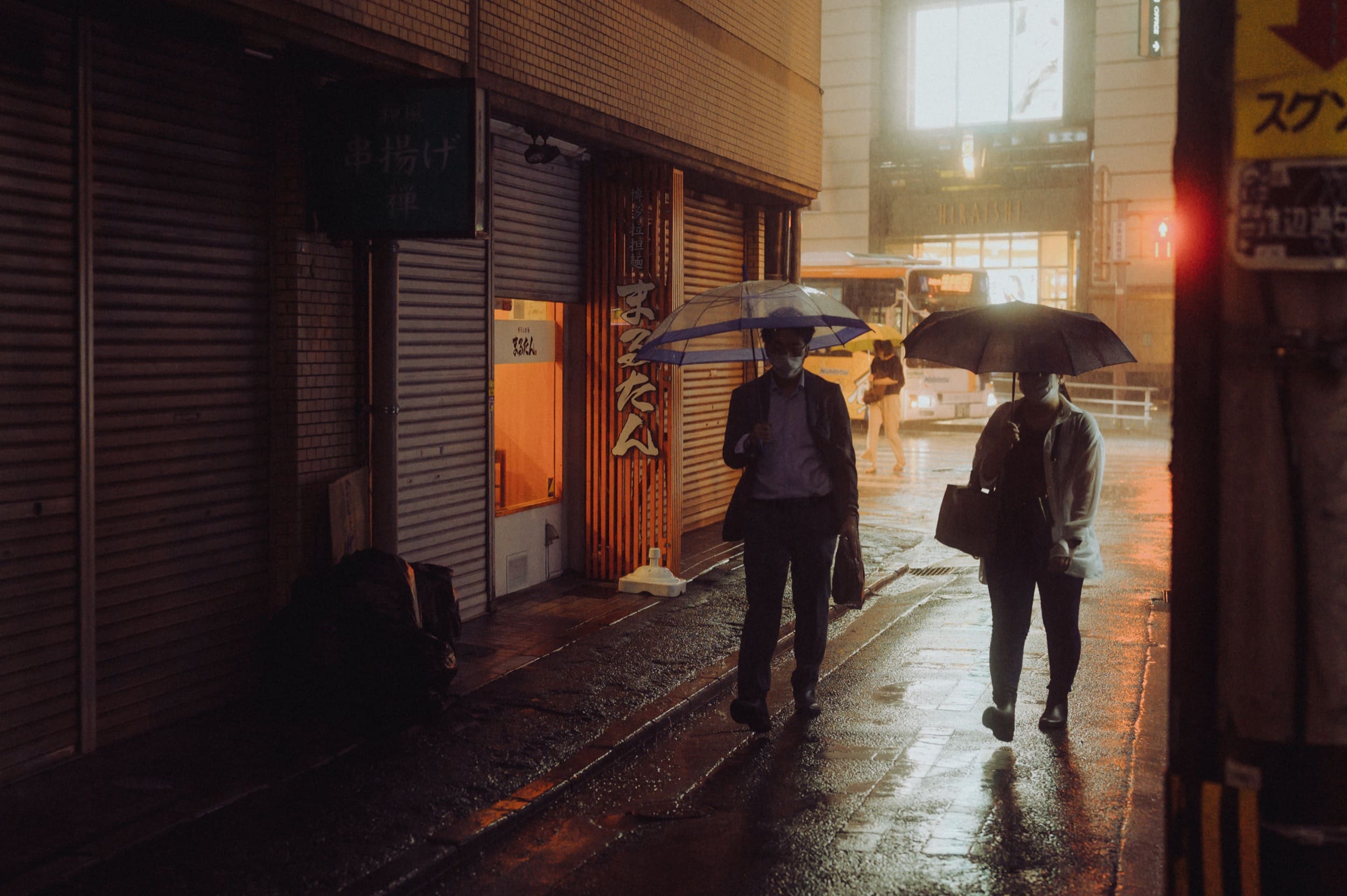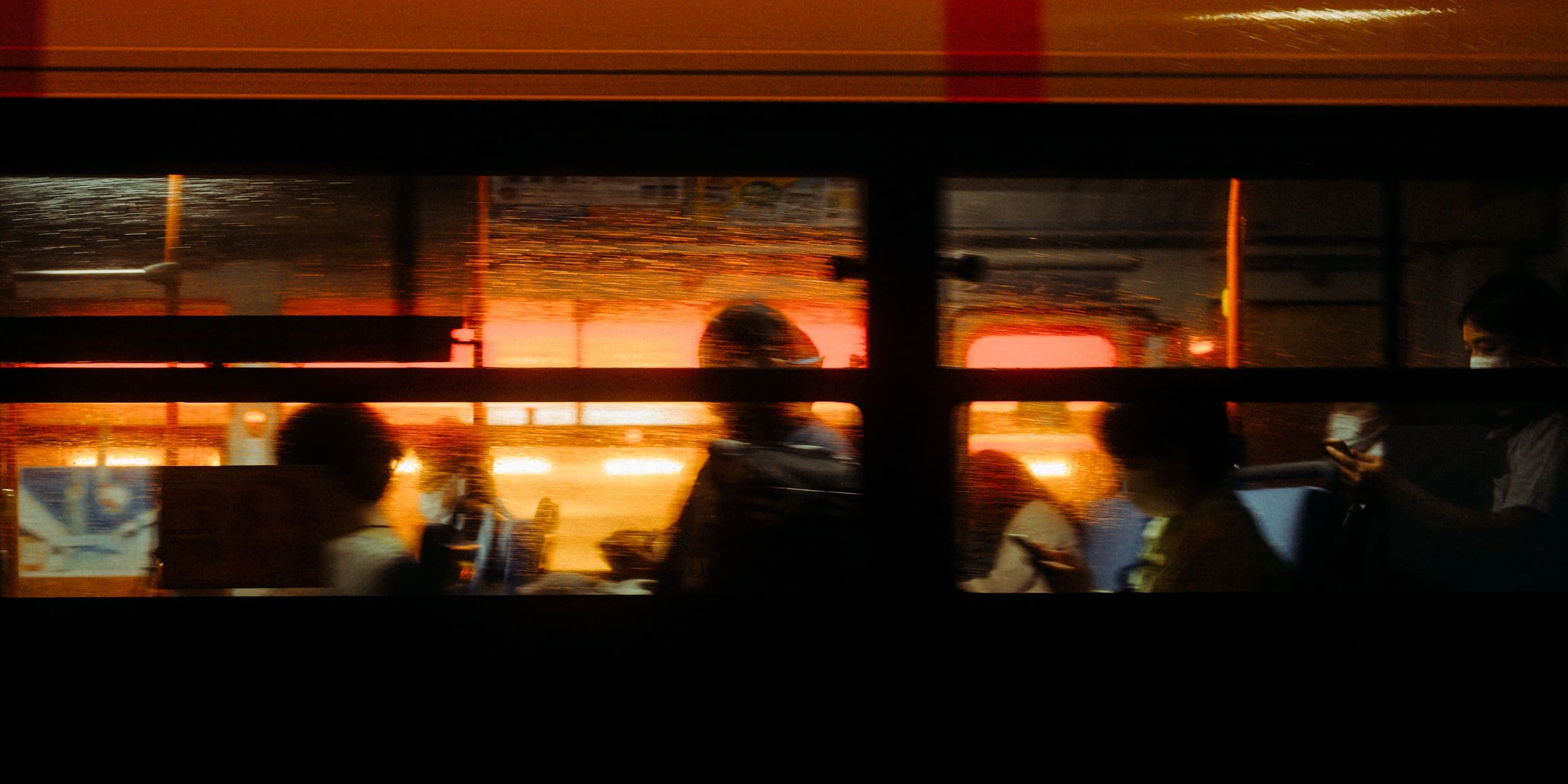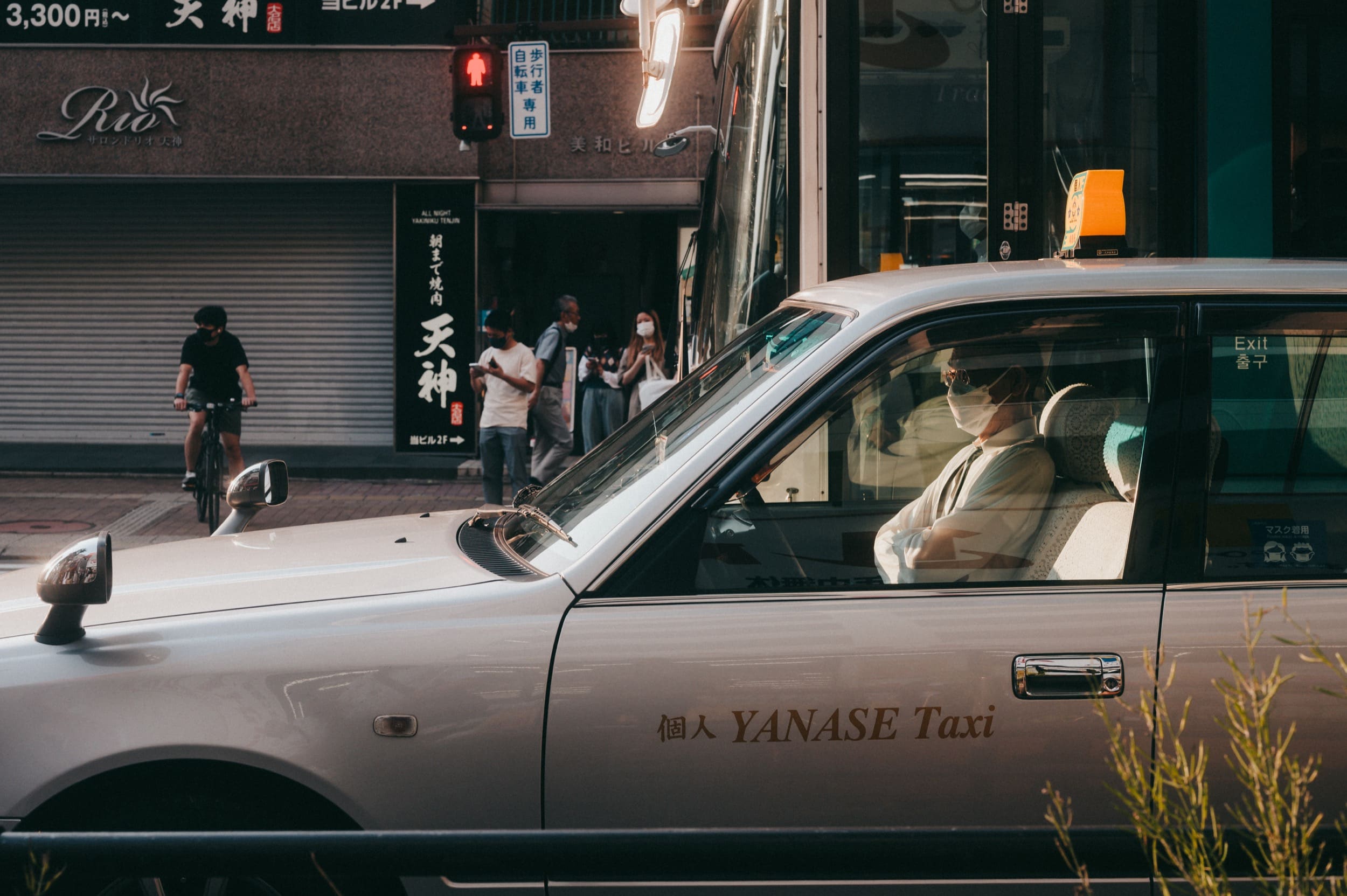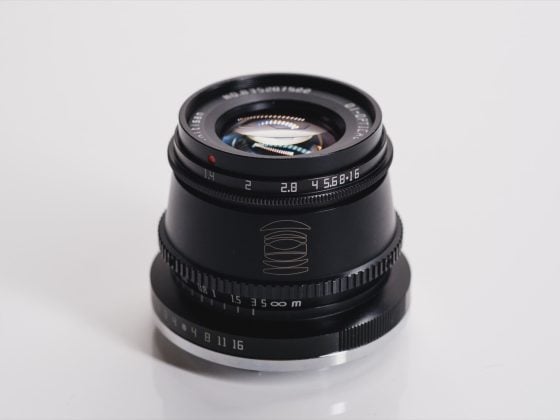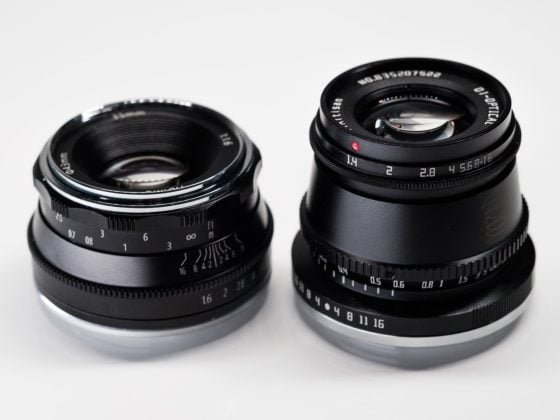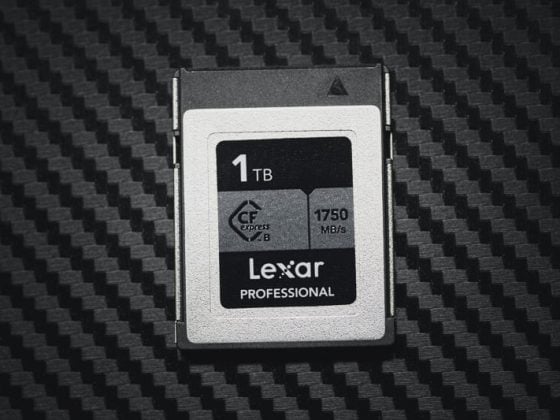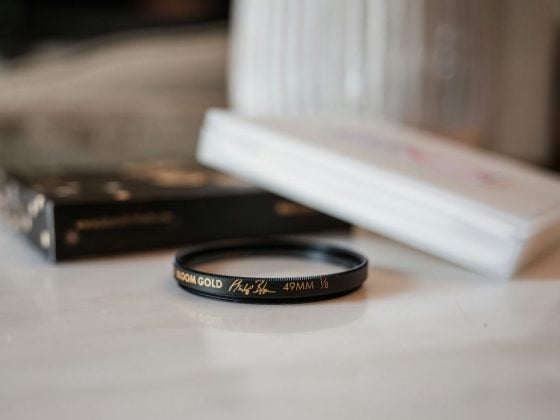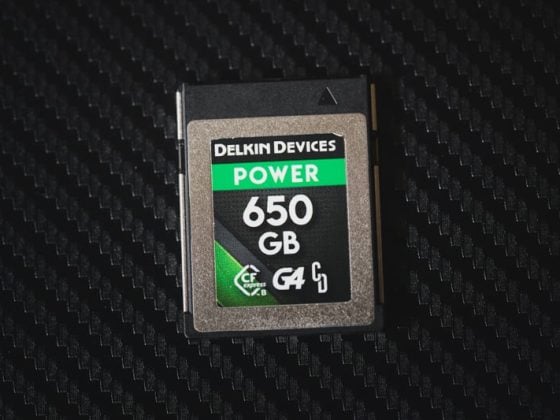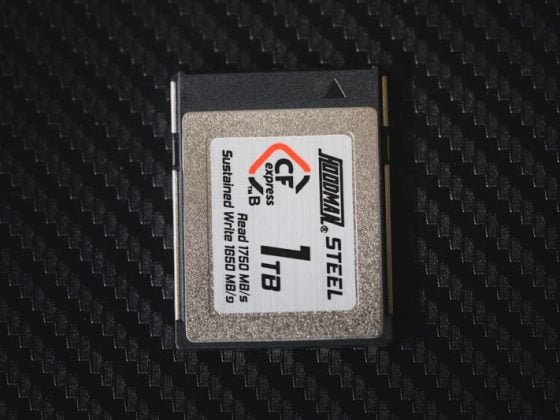K&F Concept Black Mist filters have small particles embedded in the glass to diffuse light and create a glowing misty effect. In bright lighting conditions, it will create a soft glow that is similar to the Orton effect, but in neutral lighting, it can diffuse the colors and smooth the contrast.
Today a lot of photographers are turning to these soft filters to take the digital edge out of their lenses for a more cinematic analog look. But traditionally they have used them for a more relaxing diffused look or situations where a calmer contrast is desired.
K&F Concept Black Soft Filter Specs
| Glass: Japanese AGC high-precision optical glass Coating: Multi-Layer Nano 18 Layer – Weather Proof, Scratch Resistant Light Transmittance: 85% for the 1/4, 87% for the 1/8 Frame Material: Aircraft-grade Aluminium, also known as Aluminum. Build Quality: I think they are good, no issues so far. |
Check Price
K&F Concept Black Soft Filter 1/4 – Amazon
K&F Concept Black Soft Filter 1/8 – Amazon
Sometimes the side of the filter will say, Black Diffusion, sometimes it says Black Mist. I believe K&F Concept just mixes up the wording to deal with search engine optimization. They also call these Cinebloom filters sometimes as well.
On the side of my filters, it says, Black Mist, and Nano-X which I purchased in Japan.
Black Mist Filters | What You Need To Know
Most brands release these types of filters in a few different sets of powers.
Most have a 1/8 variant or a more intense 1/4 variant. Some brands refer to their 1/8 filters as a No.05 or 10% and the 1/4 as a No.1 at 20%.
I’m noticing that the K&F 1/8 filters do not equal the No .05 filters exactly. The different brands seem to do it a little differently based on the size of the particles they use.
For example, Kenko has their No .05 and No1 filters which have a finer smoother feel to the mist.
Currently, I have the Kenko Black Mist filters and the K&F Concept Black Mist filters and I can see an immediate difference in the way they are built and the way they diffuse light.
The K&F Concept filters have little black particles you can see inside the filter, the filter looks dirty.
The Kenko filters use little nanoparticles that you cannot see except for the No1 filter where they are visible but still smaller than the K&F particles.
The effect is a little different and different photographers might prefer the different looks, but for this review, I’ll just be going over the looks of the K&F Concept Black Mist filters, which have a little bit of a harsher, punchier look.
As I get more filters and spend more time with each brand, I’ll compare them in a future review.
Black Mist Filter vs Orton Effect | Is It Worth The Money?
I see a lot of people talk about different ways to soften up an image. Ghetto Oldschool filmmakers would put Vaseline on the lens, some people would hairspray a UV filter and let it dry overnight. Some would use stretched pantyhose over the lens. Yeah, no thanks.
I like these filters because they produce consistent results, you learn what the filters do under certain conditions, and you pick the power and brand that’s best for what you need.
The other alternative and this is what I think most landscape shooters should use, is just use the Orton effect. Luminar has great filters for this and there are a few different ways to do this in Photoshop.
The Orton effect results can be customized, with a lot more flexibility, However, the effect is never the same as these mist filters.
I got into these filters for shooting street photography where I want to take that digital edge off of my ‘too perfect’ Nikon Z lenses. These filters are fun for that and I’m getting some pretty fun results, especially when shooting at night. They tend to smooth out the harsh lighting a little, or a lot, or too much, depending on the situation.
K&F Black Mist Filter | Comparing The Different Powers
In this review, most of these images are shot with the Nikon Z 50mm f1.8 on the Z6.
A lot of the Nikon Z lenses have a nice calming diffusion or blend with the color and contrast at f1.8, then at around f2.4 or so, they click into this super sharp, high-contrast look. So using the filter at these higher apertures kind of help keep this soothing contrast, basically adding a little character with a deeper depth of field.
The filters behave a little differently on wider lenses as the light hits them at different angles and you’ll need to be careful of the effect with vignetting on those ultra-wide lenses, but this shows generally how they compare in the real world doing street photography.
I haven’t noticed any significant color cast on the K&F filters, but they do reduce the light since they have a transmittance of only 85% to 87% depending on which power you pick.
Here are some samples of the 1/4 on the Fujifilm 23mm f1.4.
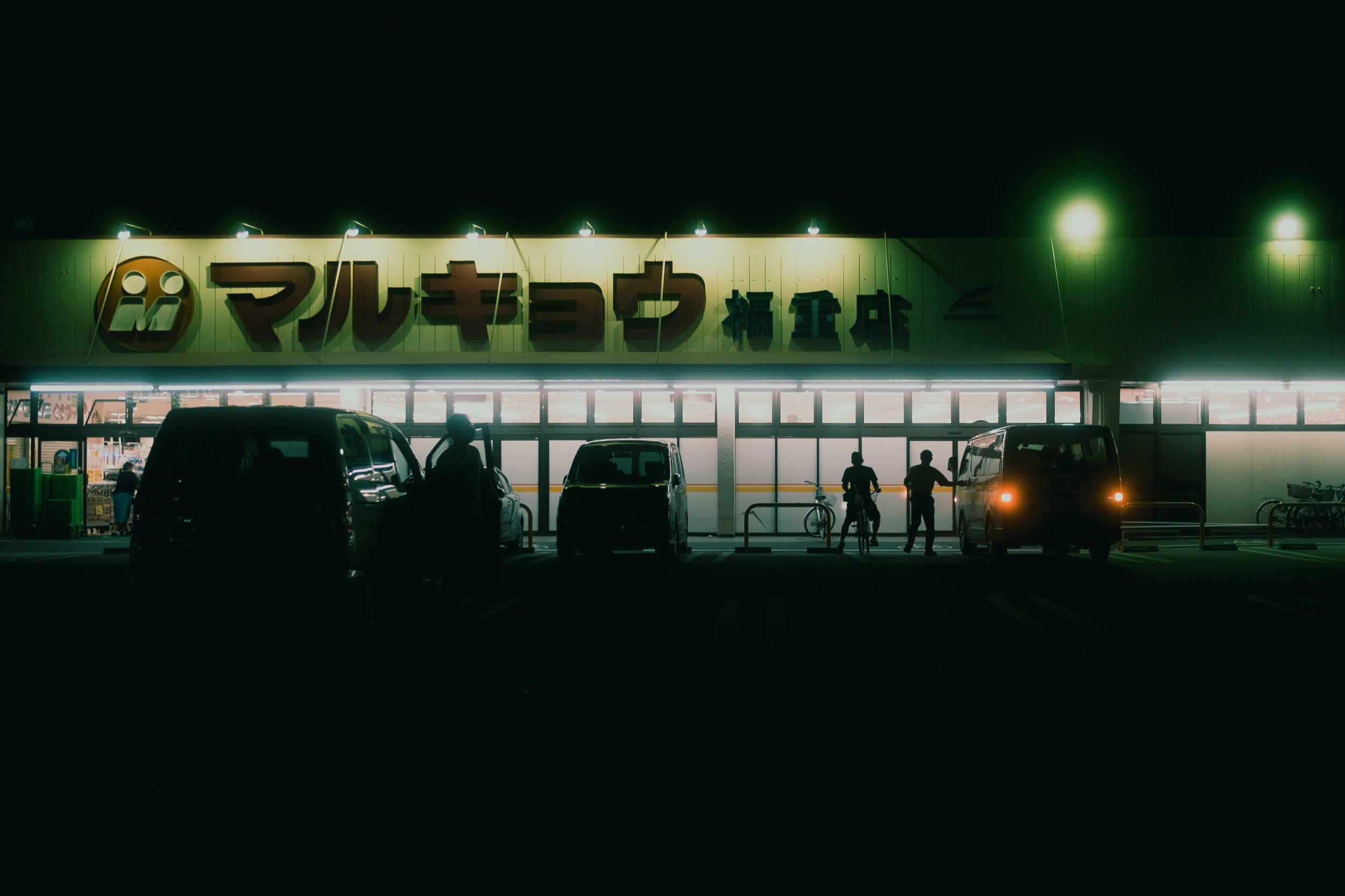
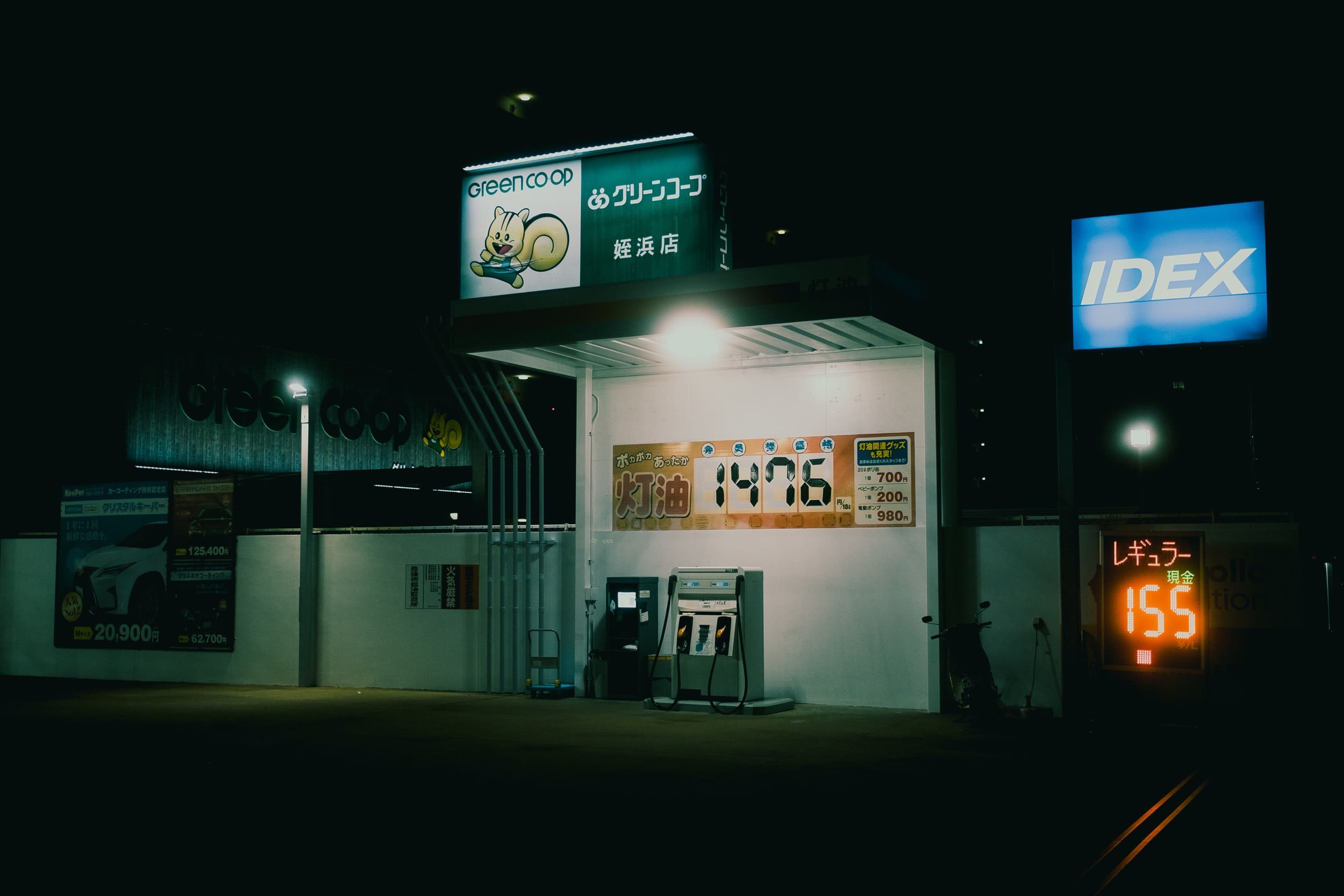
The 1/4 power is pretty extreme. I feel like this is nice if you want to use them for a very specific thing. If you’re trying to get that misty gas station shot at night or that log cabin in the woods foggy look. It works great of this when the lights are further away. Super intense lights, especially when they are close to the lens will completely blow out the 1/4 power filters.
In some situations, I also have a harder time with autofocus through the 1/4 filters.
For general everyday use, I like the 1/8 filter. I think they are just right. I even feel like these are often too powerful and I wish they made a 1/16 power as well. This is maybe where the No.05 filter from a different brand might be nice since some of them have a slightly calmer look.
For the most part, I like the look of the K&F 1/8 a lot, especially if you aren’t under super intense lighting.
If you want to try the K&F Concept Black Mist filters, start with the 1/8, it’s probably all you’ll need. It gets the job done, whereas the 1/4 just adds more.
If you plan on shooting a lot of situations where you don’t have a bright light or bright key light and want that muted look, the 1/4 can be pretty cool as well.
On another note, these filters don’t interfere with the sharpness much. Images are still sharp, just a bit misty.
K&F Black Mist 1/8 Filter Review & Sample Photos
When dealing with bright lights shining directly into the lens, you can get a pretty extreme glow.
With normal daylight conditions, you will get some minor blooming of the highlights with an overall soft feel.
Indoors, you won’t notice the effect, but, it still calms the colors and contrasts taking some of that digital edge off. It’s kind of nice if you have ‘clinical’ lenses and want a calmer look to the colors and contrast.
Here, with bright lighting conditions, you can see that you probably wouldn’t want more than the 1/8 filter.
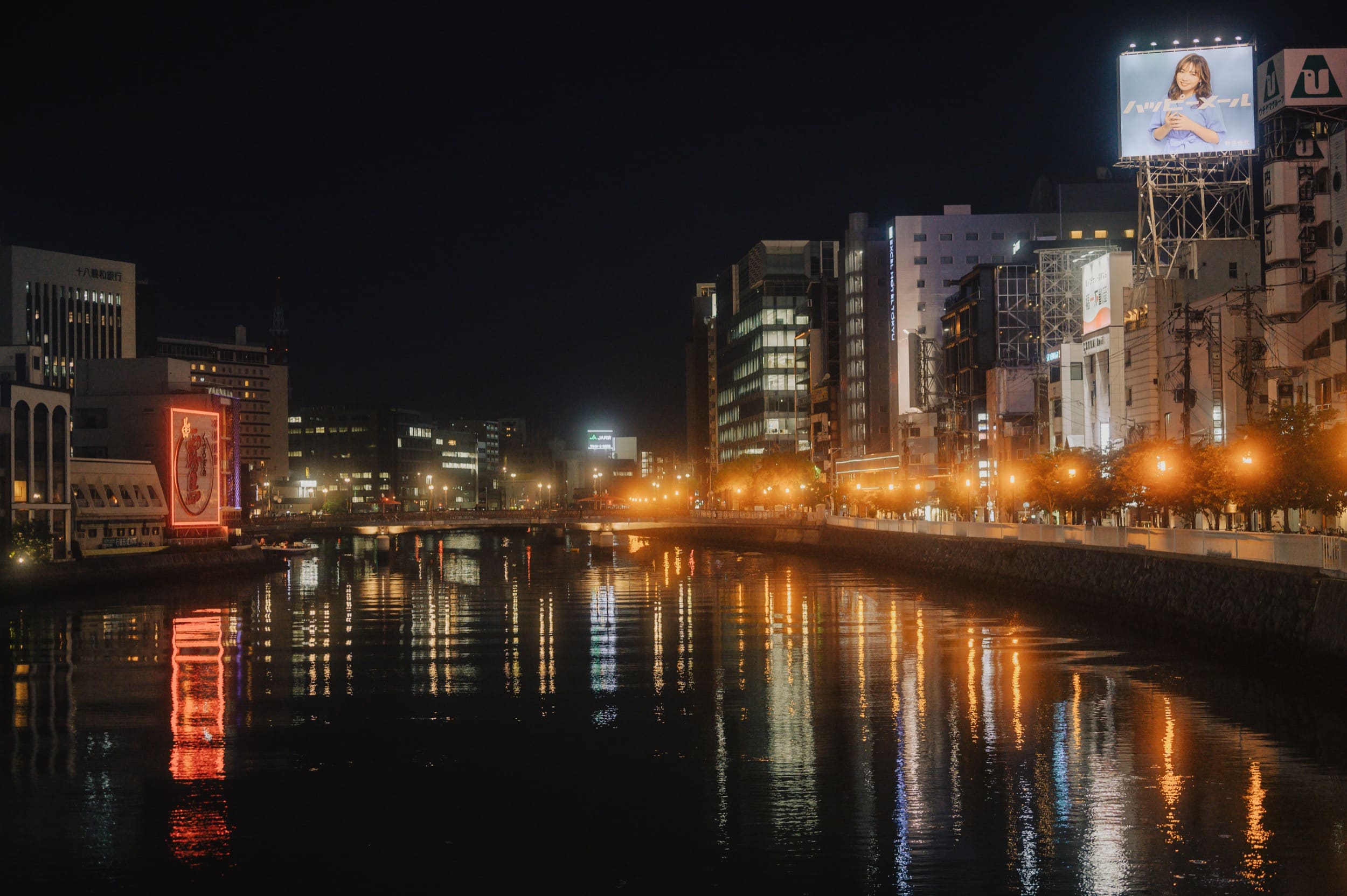
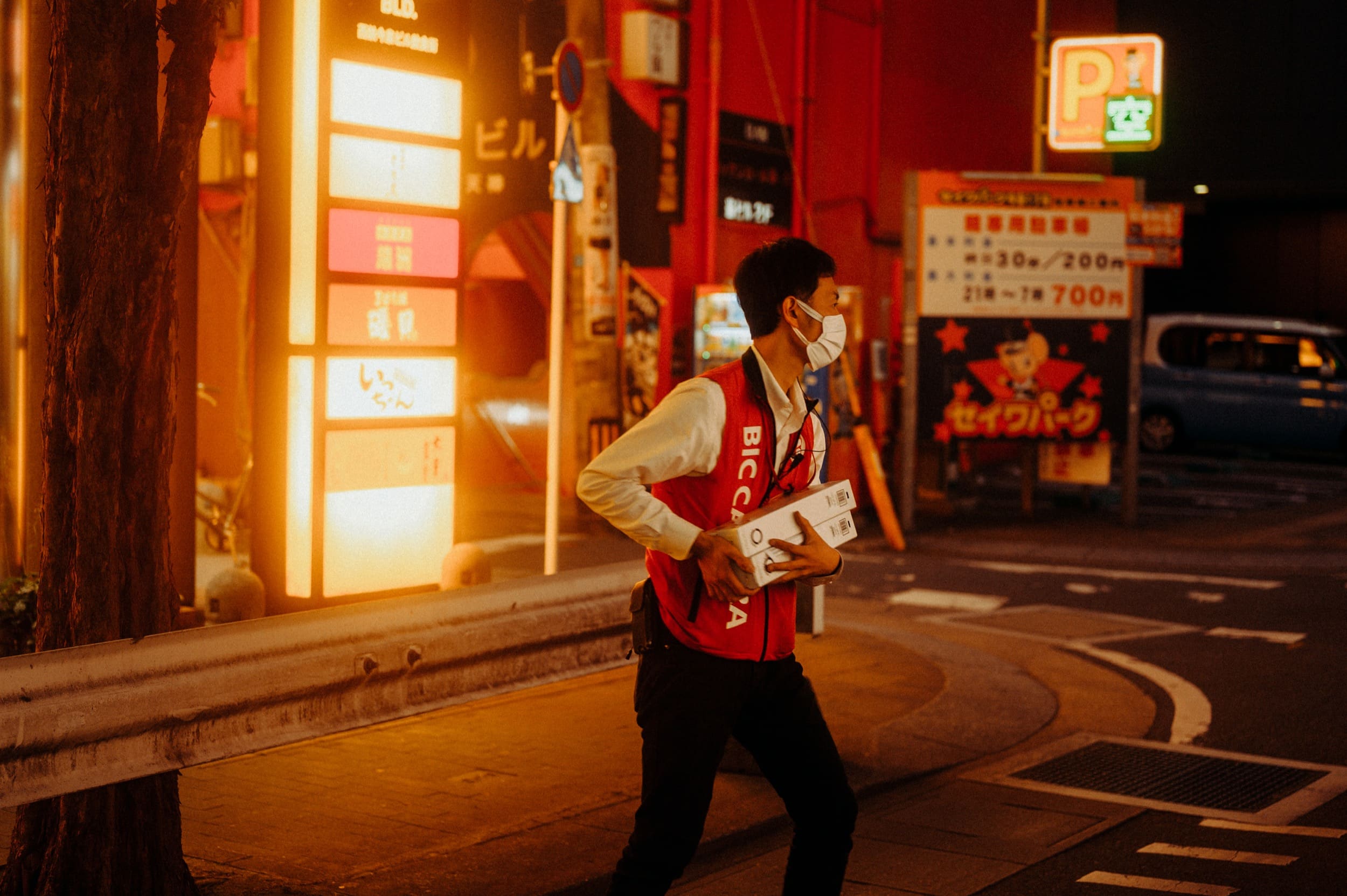
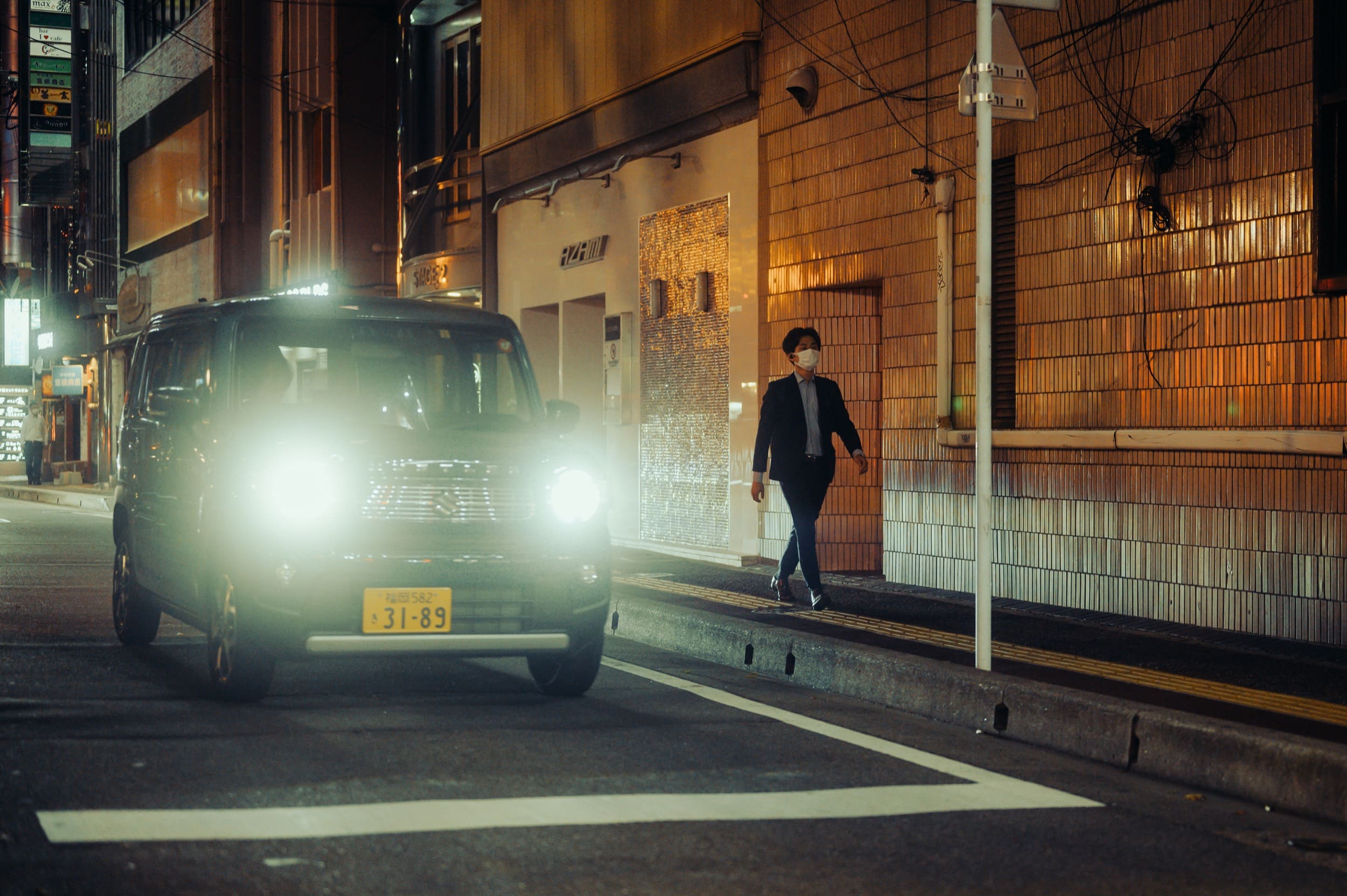

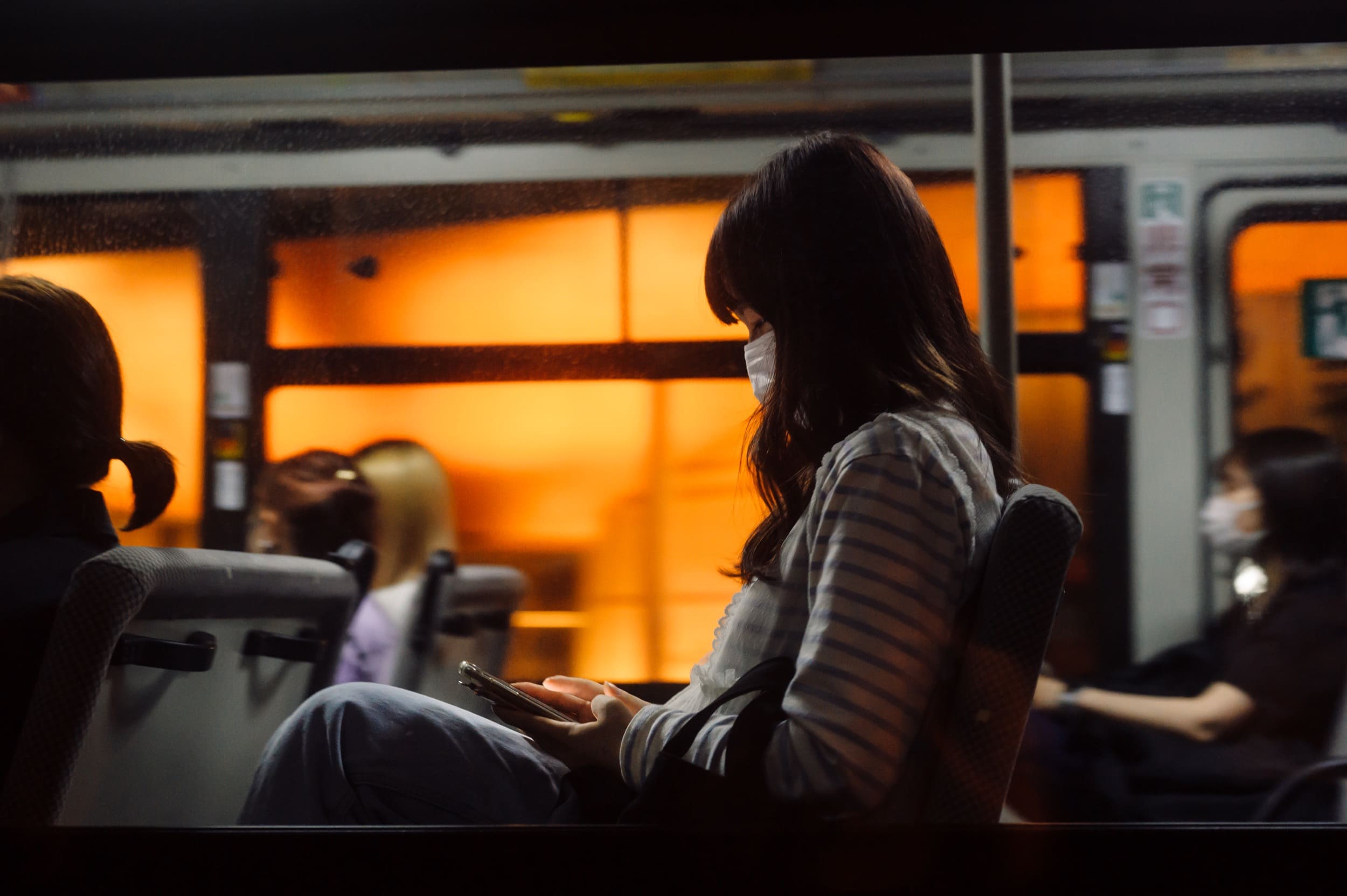

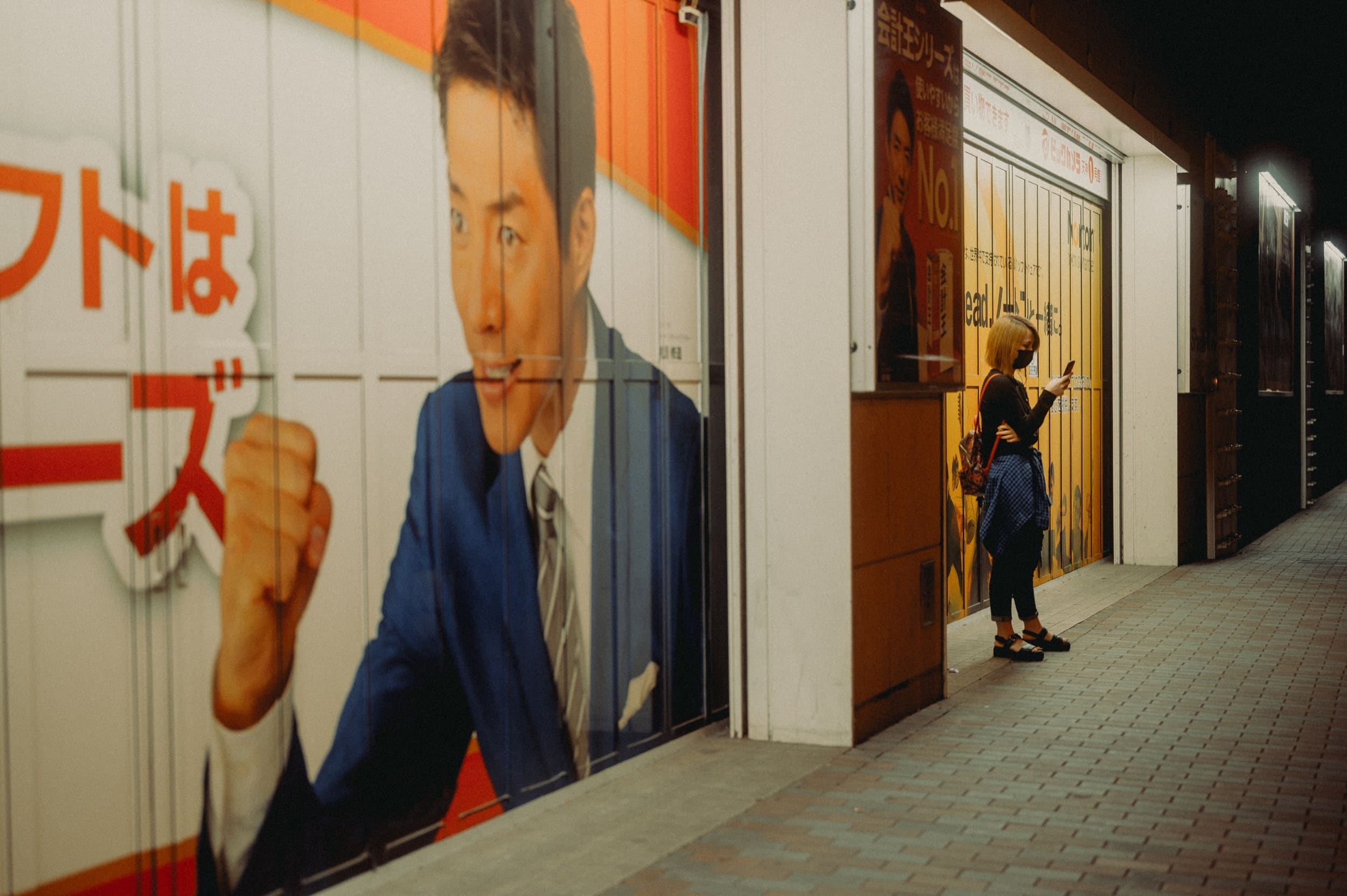
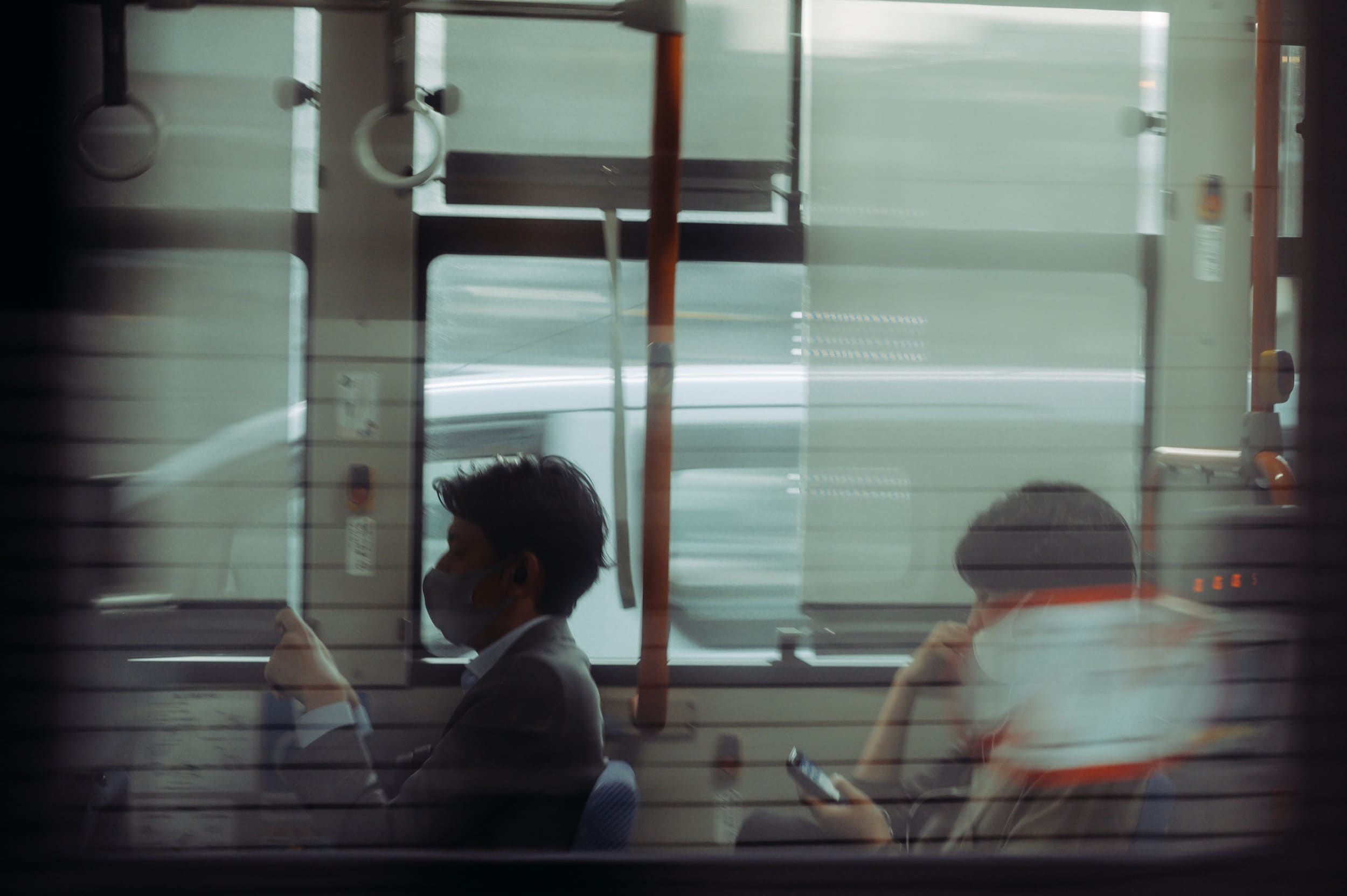
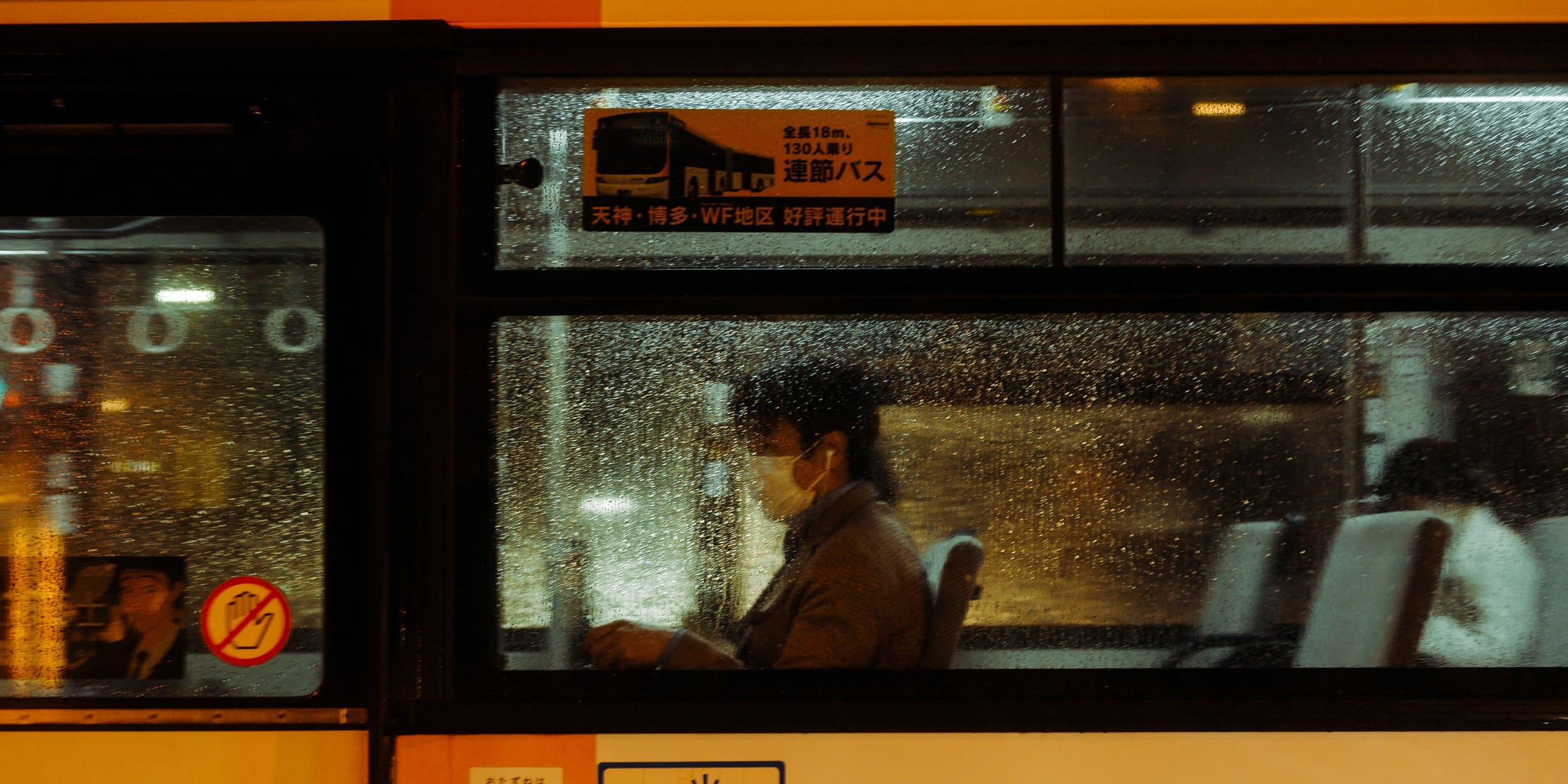
Even without bright lights shining into the lens, you still get an almost more analog feel with a ton of vibe.
K&F F Black Mist 1/8 Samples In The Day
You can see the images are still very sharp.
K&F Black Mist 1/4 Filter Review & Sample Photos
The 1/4 filter has a much stronger look. It’s nice for when you’re not working a lot with direct bright lights where you just want a softer moody atmosphere.
I find the 1/8 filter to be more than enough when shooting under bright city lights because the 1/4 filter can get a little bit out of control, which at times can interfere with autofocus. Especially face and eye detection when in bright sunlight where the image is blooming out.
The 1/4 filter is great when you are shooting under calmer lighting conditions and want to add in an analog muted look with the post-processing. They really can add a cool effect like with this first shot.
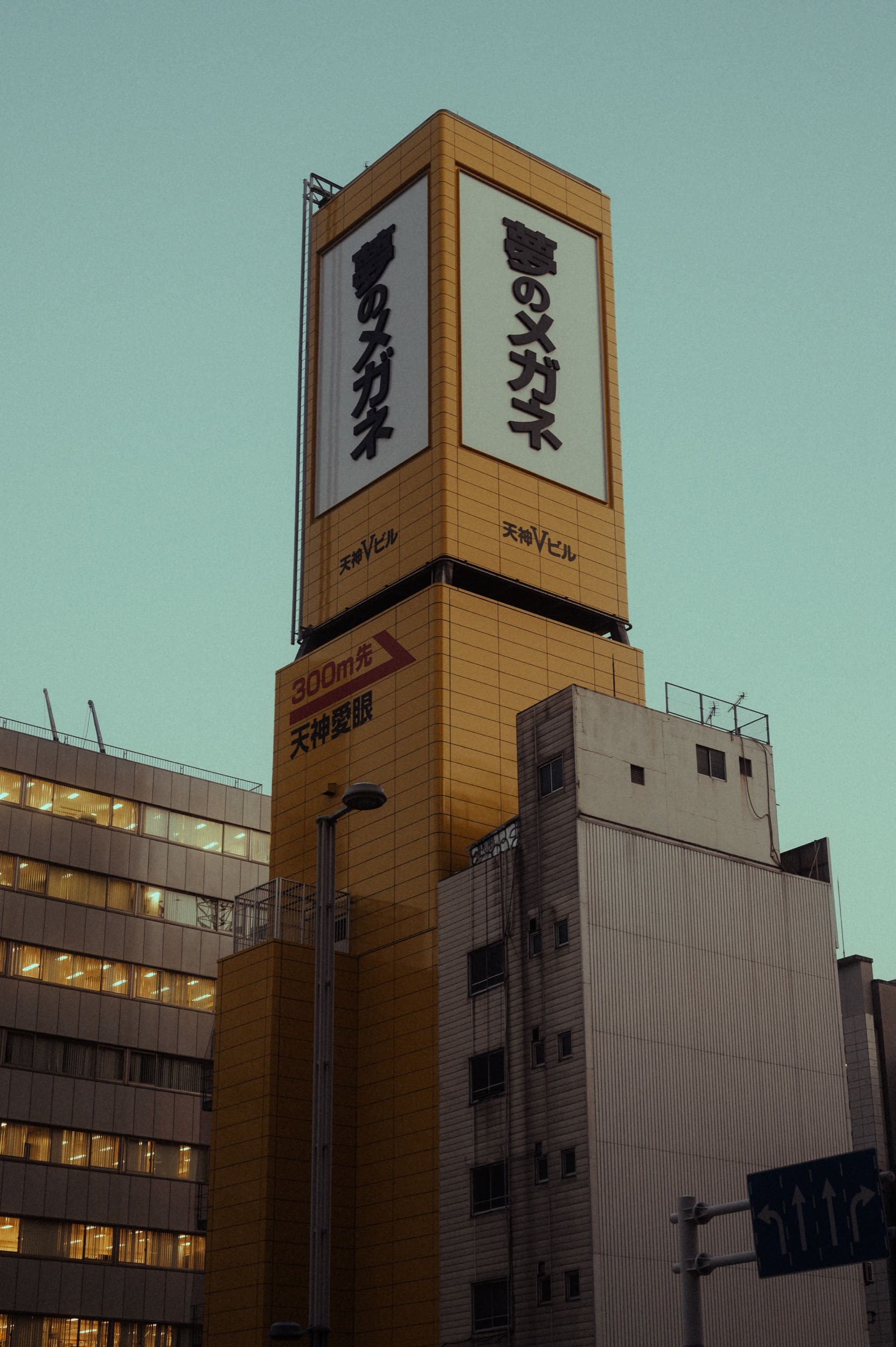
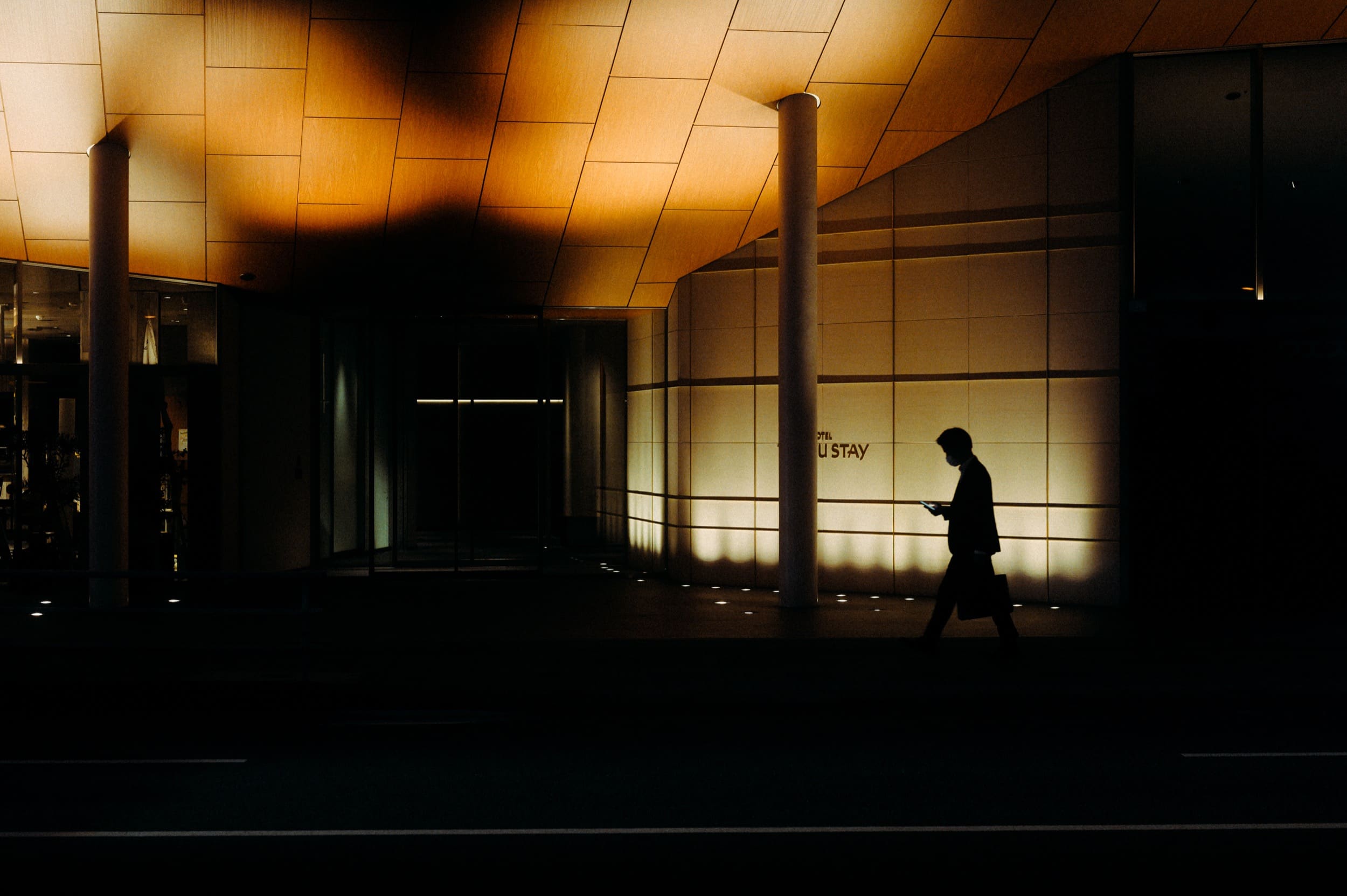
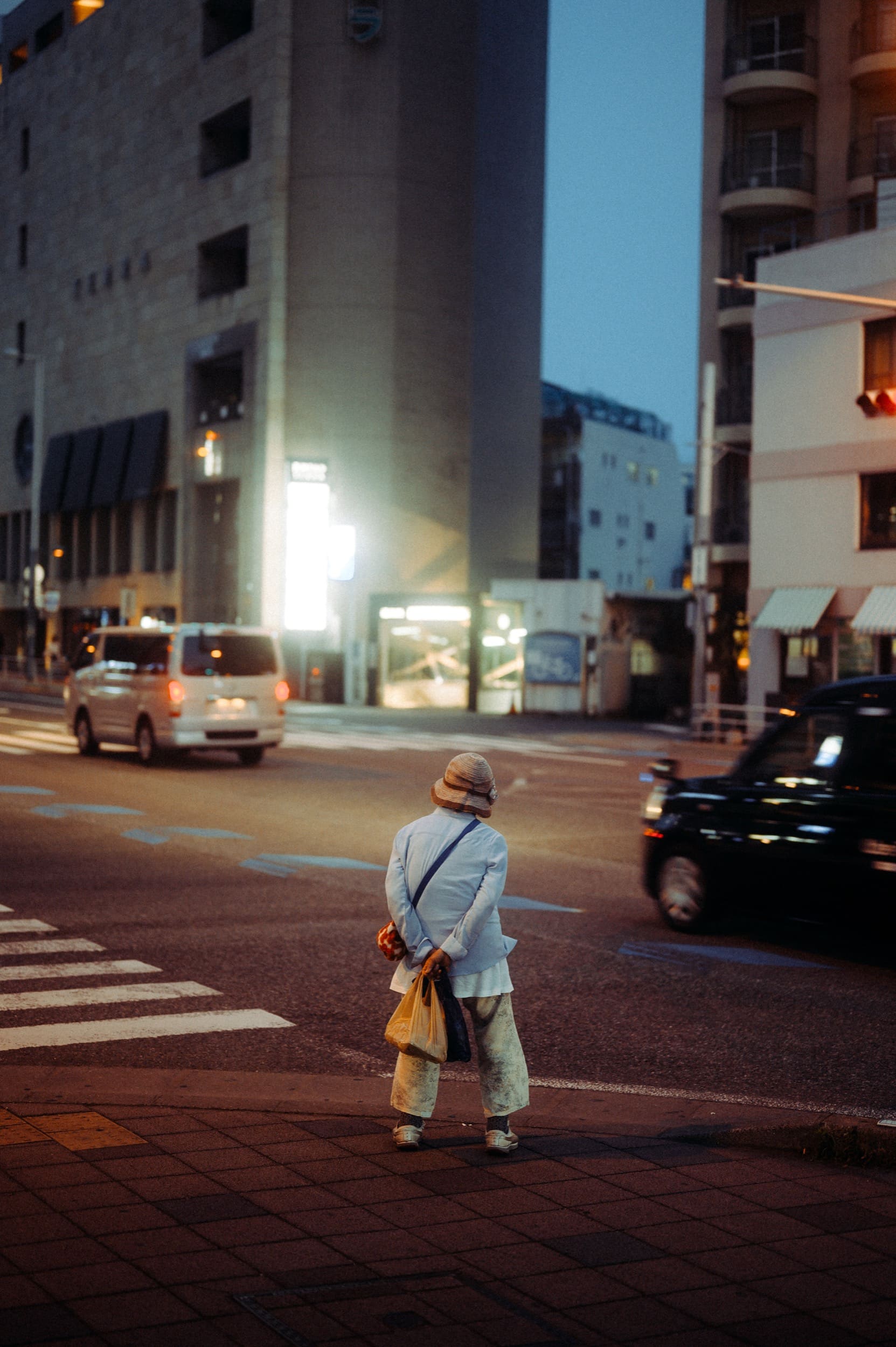
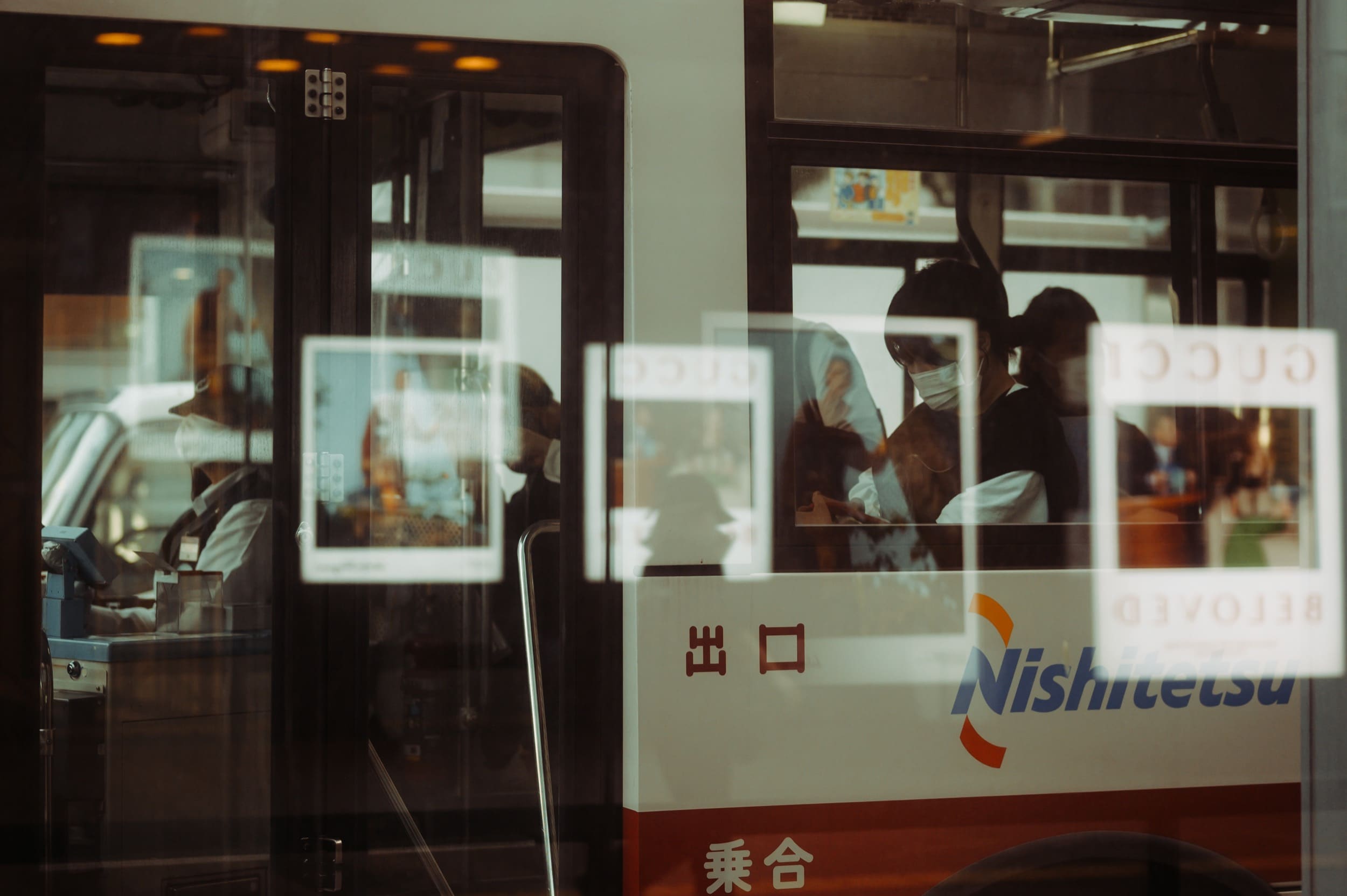
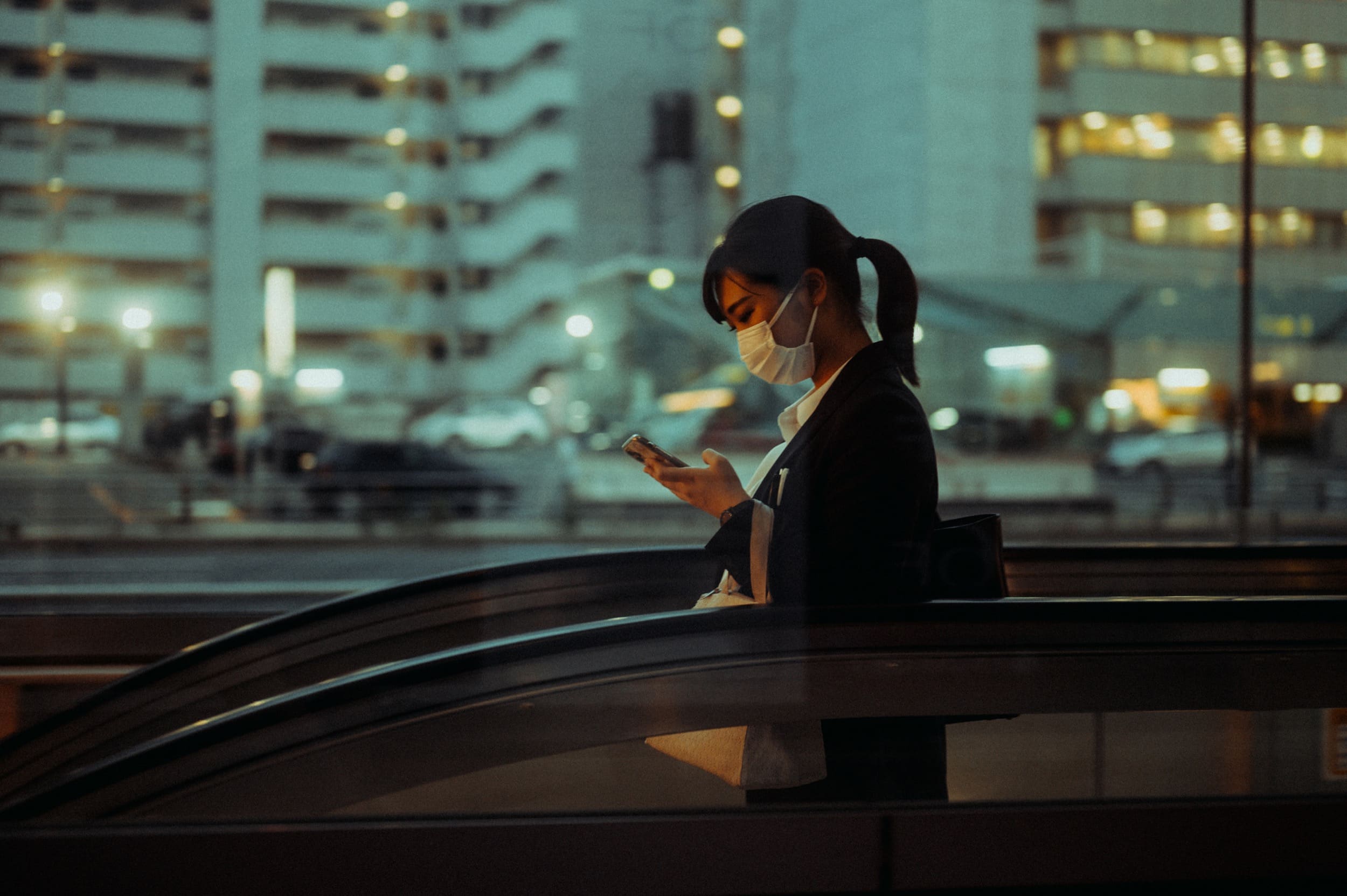

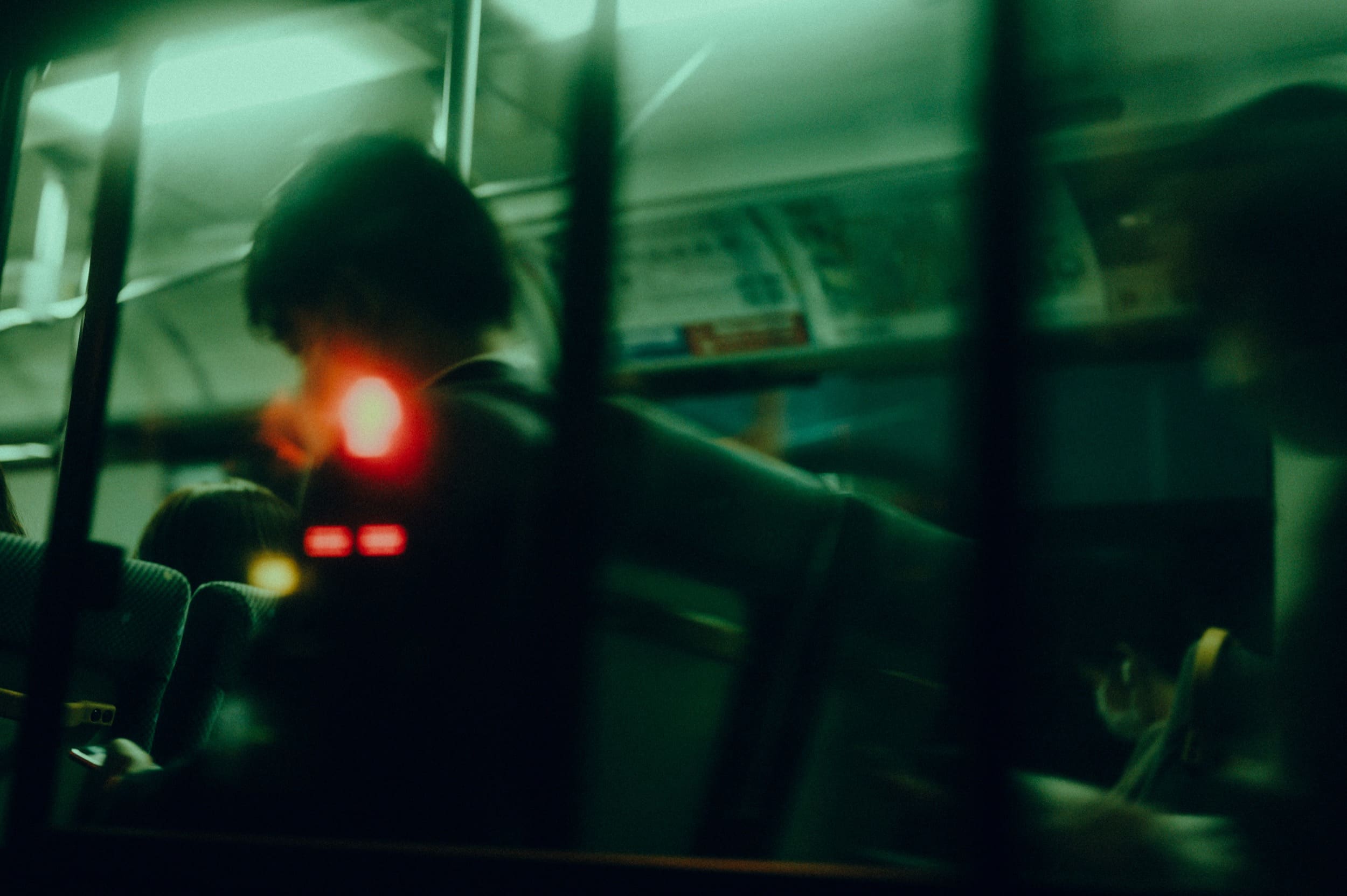

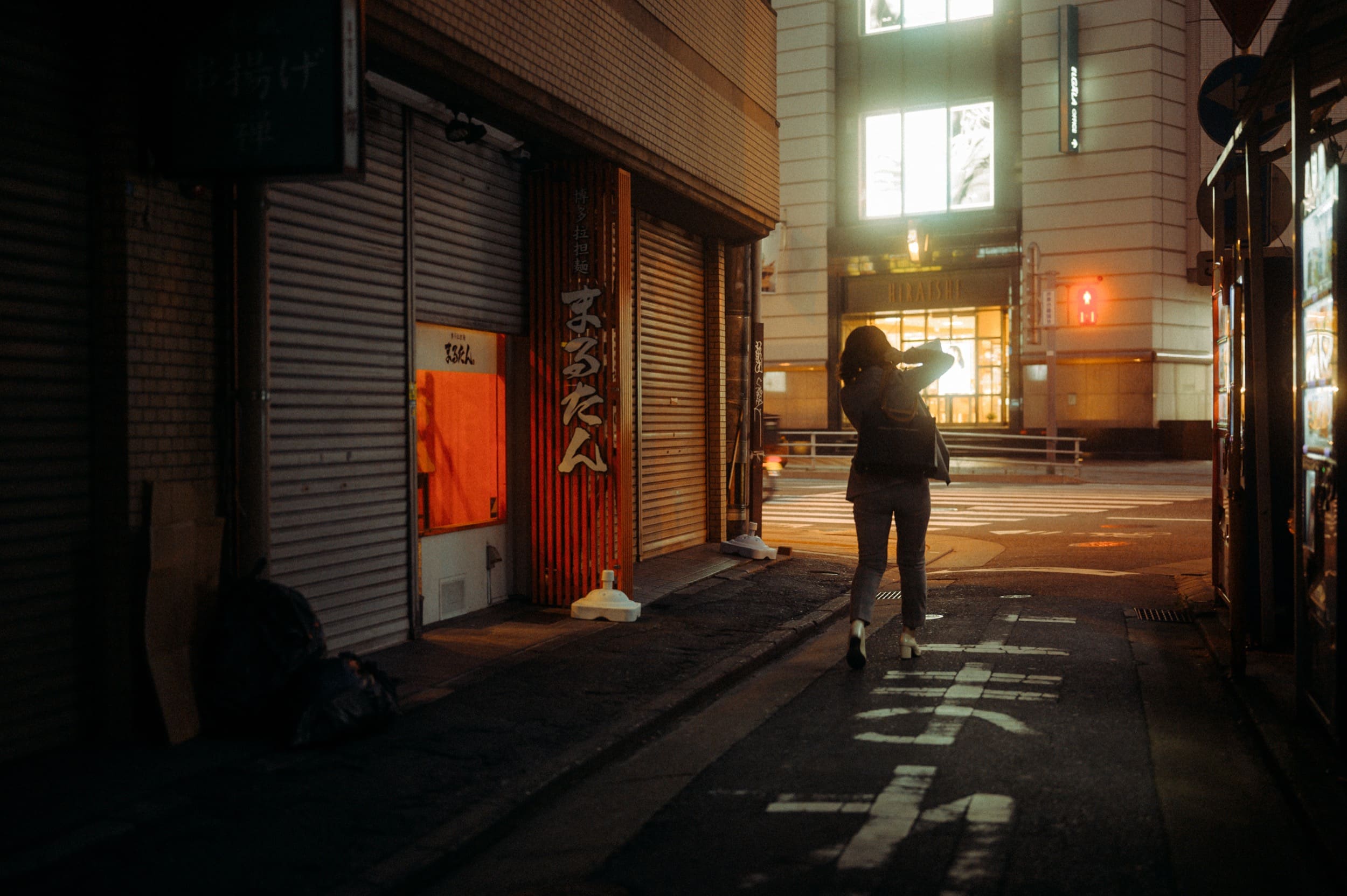
Here are a few day shots.
Bottom Line | Are Black Mist Filters Worth It?
Yes, I think they are, but that depends on what lenses you plan on using them with.
I like using these with my ultra-modern lenses like the Nikon Z 50mm which has a very modern way of rendering bokeh. It creates a very flat field curvature with a 2d cutout effect that some people call 3d separation and often say that lenses that do this are ‘clinical’. But the misty look adds a cool vibe to this kind of rendering and compliments it well I think.
There are also some older lenses or even lenses out of China or Russia, or even some Voigtlander lenses, that already have some natural qualities to them that create some interesting vibe. Some will bloom the highlights, or produce some wild flaring, and you may not need any additional soft filters. Like my Helios, 40m has some pretty intense blooming effects already. Likely due to the greases in the lens evaporating over time and accumulating on the inner elements.
Final Thoughts
These Soft filters generally help take a little bit of digital edge off of images shot with super modern lenses to give them a vibey more analog feel.
They are also nice if you just want to create more of that wet misty look with bright lights or a more diffused vibe in calmer low-key lighting.
I would say soft filters are not something you won’t want to use all the time, but it’s probably worth spending the time to get familiar with the look so that you can add it to your toolkit of tricks.
Again, if you have the time and patience, the Orton effect will get you pretty close to the look these filters produce, with more flexibility.
Which Black Mist filters are the best? I’ll get into that once I test a few more brands. But already I can tell that there will be no clear winner, it will likely all be situational depending on how big of particles are used in the glass. So far I like the K&F Concept 1/8 with the big particles, more than my Kenko No .05 with the small particles. It’s hard to describe but the K&F produces a rougher more edgy look, which I personally like for what I shoot.
| **This website contains affiliate links. We will earn a small commission on purchases made through these links. Some of the links used in these articles will direct you to Amazon. As an Amazon Associate, I earn from qualifying purchases. |

